The popularity of email marketing over the last several years has ebbed and flowed. There has been quite a bit of debate about the effectiveness of this digital marketing tactic, as well as how appropriate it really is in the eyes of consumers. That debate, of course, seems to have led marketers to the same conclusion: email marketing remains one of the most effective ways to communicate with customers in 2019.
That doesn’t mean that more is better, though. You don’t want to simply blast your current and future customers with poorly-planned marketing newsletters that feel like a hard sales pitch. The trick is the same as it is with your blog, social media, and any other form of digital marketing. That is, it should be thoughtful and should offer value to the people who are reading it. To do that, you have to be able to see it from their perspective.
Customer journey mapping is a great way to accomplish exactly that. It helps you step into your customers’ shoes and evaluate their pain points and how you might be able to help them overcome those challenges. Bottom line: what do they need from you in order to feel more comfortable making their purchase?
Today’s consumers don’t want to have to answer that question for you. They want you to do the work, and they don’t want to have to clarify their needs. As such, your email marketing journey should follow a logical sequence. Let’s use a hypothetical real estate firm as a (very) simplified version of how that might look. Say this real estate firm has a website that allows users to sign up for property alerts. As part of that, they also receive your value-added marketing emails.
- Email Message 1: This is a welcome message that is sent when the user first registers.
- Email Message 2: This is sent approximately one week after the user registered. It anticipates that the user has received several property alerts inside of that first week, and they may have found one or two they likes. So, the call to action here is that we’re inviting them to meet with the Realtor to schedule a showing of those favorite properties.
- Email Message 3A: This message is sent one week later to those who have not yet scheduled their property showings. It’s a second invitation to schedule some time with the Realtor to discuss their needs and check out a few properties.
- Email Message 3B: This message is sent one week later to new clients who did schedule their showings. It asks them what they did and didn’t like about the properties they viewed and when they would like to meet to view a second round of properties.
This workflow would continue in a logical fashion until the buyer has closed on a property. Then, perhaps one month following the closing, another automated email would be sent to them asking them to rate their experience and refer a friend. These email journeys can be far more complex than the example given here, but hopefully, you understand the point we are trying to illustrate.
Sending the right message at the right time can mean the difference between an effective email campaign and one that is deleted before it has even been opened. So, if you’re hoping to incorporate email marketing into your existing business marketing initiatives, contact a member of the Britefish team for a consultation. We would be happy to help you get the most out of this and all of your digital marketing efforts.




